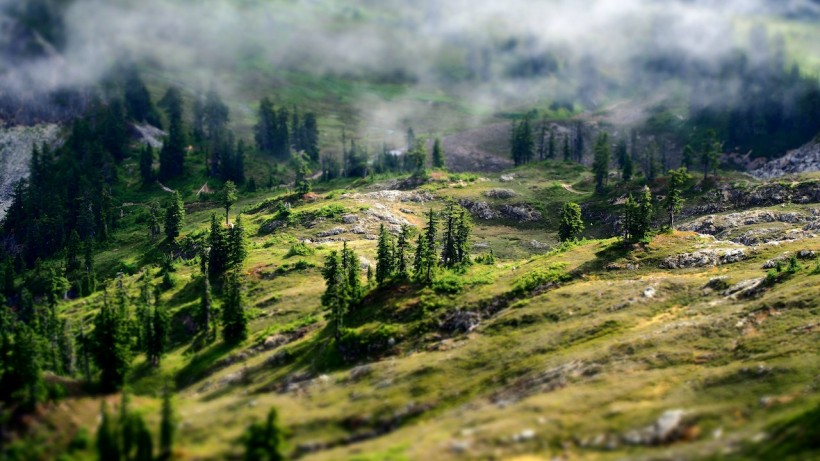While the earth's face has been shaped by strong forces such as tectonics, climate, and time, current understanding of these dynamic processes is quite patchy.
Earth's Surface Is Shaped by Various Forces
According to EurekAlert, scientists have revealed a dynamic and detailed geological model of the earth that reveals details regarding its surface for the past hundred million years.
Geoscientists from the University of Sydney collaborated with scientists from France to come up with the model published in the Science journal.
This geological model is the first to offer a high-resolution understanding of the creation and formation of today's landscapes on the earth. It also sheds light on how millions of tons of sediment have seeped through the waters.
As per Science Alert, the model is chunked into million-year frames. It is grounded on a framework that factors in climatic and tectonic forces alongside dynamic processes on the surface, such as river changes, earthquakes, and weathering.
Geological Model of the Earth Sheds Light on the Planet's History
Dr. Tristan Salles, the study's lead author, who is from the School of Geosciences at the University of Sydney, says that in order to make predictions about the future it is important to understand the past. However, current geological models have only offered fragments of the formation of the earth's surface features.
According to Dr. Laurent Husson, who serves as the study's second author and is from the Institut des Sciences de la Terre in France, such an unexpected model of the planet's past will offer geoscientists a more dynamic and complete grasp of the surface of the earth. The model also captures the dynamic transfer of sediments from land to water in ways that were not previously seen.
Dr. Salles notes that understanding this flow is important to knowing more about the chemistry of the oceans today. Considering the changes in the ocean due to climate change, having a more comprehensive picture will help specialists understand marine environments better.
Scientists May Know More About the Earth's Response to Tectonic Forces and Climate Change
With the help and availability of this geological model, scientists will get to test various theories regarding the response of the planet's surface toward tectonic forces and climate change.
Other than this, the study also offers a better model for understanding how the transfer of sediments regulates the carbon cycle on the planet for millions of years. The findings will offer scientists a detailed and dynamic background that could help them prepare and try out hypotheses, such as in the evolution of biology or cycles that are biochemical in nature.
RELATED ARTICLE: Due to Climate Change, Some Areas Will Have More Rainbows While Others Will See a Decline
Check out more news and information on Geology in Science Times.















